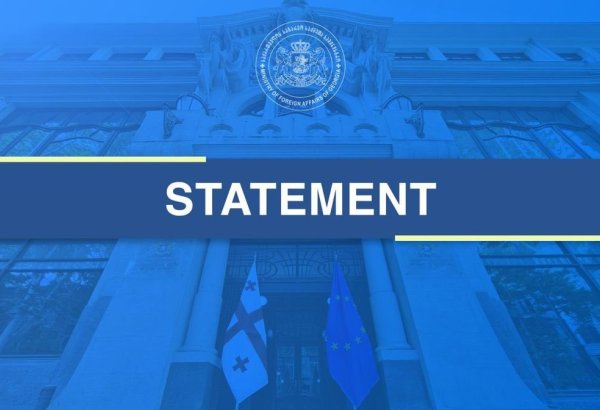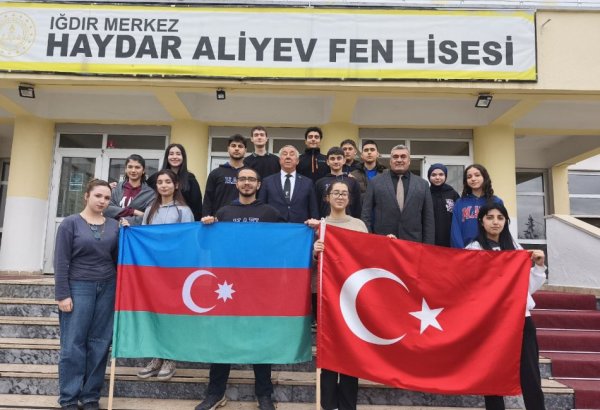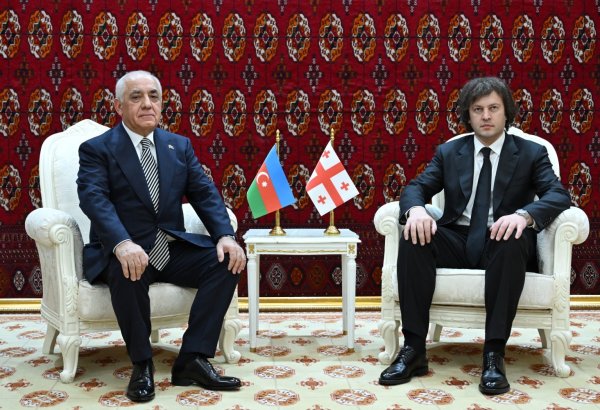Baku. TurkicWorld:
The total assets of the Georgian banking sector amounted to 66.2 billion lari at the end of April 2023, which is approximately $26.5 billion at the current exchange rate, the National Bank of Georgia said, TurkicWorld reports.
The data of the bank shows that the authorized capital of commercial banks amounted to 9.2 billion lari ($3.4 billion).
The total assets of commercial banks in April 2023, compared to the previous month, decreased by 1.1 billion lari ($410.3 million), which is 1.66 percent of the total assets.
According to the bank, as of May 1, 2023, the volume of deposits in the banking sector amounted to 43.09 billion lari ($16 billion), which is 242.96 million lari ($90 million), or 0.56 percent less than at the beginning of the fourth month.
Moreover, the national bank's data shows that in the reporting month term deposits in the banking sector increased by 367.11 million lari ($137 million), which is an increase of 2.18 percent. At the same time, demand deposits decreased by 610 lari ($227), or by 2.31 percent.
These data indicate changes in the structure of deposits in the Georgian banking sector in the specified period, with an increase in term deposits and a decrease in demand deposits.
According to the bank, as of May 1 of this year, the level of the process of increasing the percentage of deposits amounted to 48.69 percent, which is 2.21 percent more than the data as of April 1.
The weighted average market interest rate on term deposits in April was 8.57 percent. Breaking this rate into components, it can be noted that the interest rate on deposits in national currency was 11.41 percent, and on deposits in foreign currency - 1.08 percent.
These data show the level of the process of increasing the percentage of deposits in Georgia, that is, the share of deposits expressed in the national currency (lari), and indicate the weighted average market interest rate on term deposits in various currencies.
According to the National Bank of Georgia, in April 2023, the volume of loans issued by commercial banks decreased by 100.18 million lari ($37 million), or 0.22 percent, compared to the previous month, and as of May 1 of this year amounted to 44.77 billion lari ($16.4 billion).
During the reporting period, the volume of loans in national currency increased by 139.19 million lari ($51.8 million), which is 1.12 percent more. At the same time, the volume of loans in foreign currency decreased by 239.38 million ($89.2 million), or by 1.2 percent.
As the data shows, changes in the volume of loans issued by commercial banks in Georgia in April 2023 were made. At the same time, during the reporting period, an increase in the volume of loans in national currency and a decrease in the volume of loans in foreign currency were observed.
According to the bank's data, at the end of April this year, the volume of loans issued to resident legal entities in the national currency amounted to 7.35 billion lari ($2.7 billion), which is 0.42 percent less than in the previous month.
At the same time, loans in foreign currency amounted to 12 billion lari ($4.4 billion), which is 3.15 percent more than in the previous month.
In the accounting period, the volume of lending to the household housing sector grew by 0.29 percent, or by 71 million lari (26.4 million), and as of May 1 of this year amounted to 24 billion lari ($8.9 billion).
Furthermore, as of May 1 of this year, the coefficient of de-dollarization for Georgian currency, that is, the share of loans denominated in national currency, of the total volume of loans issued amounted to 55.89 percent. This is 0.44 percentage points more than in the previous month of the current year.
These data indicate changes in the volume of lending to various sectors of the Georgian economy. In particular, a decrease in the volume of loans to resident legal entities in national currency and an increase in loans in foreign currency are seen.
In addition, the data also reveals an increase in the volume of lending to the resident household sector and a growth in the share of loans in national currency from the total volume of loans issued























